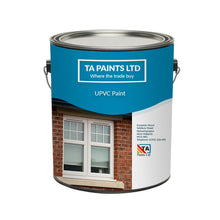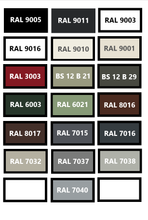UPVC & Plastic Paint Direct To UPVC Plastic Composite All In One Primer & Finish Top Coat
- All In One Primer & Finish Solution for UPVC & Plastics
- Allows Any Other Coating Of Ours To Overcoat
- Fast Dry Time In as Little as 20-40 Mins Touch Dry
- Spray Application By Brush & Roll In Small Areas
- Multi-Buy Discounts
- Free Delivery Available
- Regular price
- £26.99 Inc. VAT
- Sale price
- £26.99
- Regular price
-
- Unit price
- /per
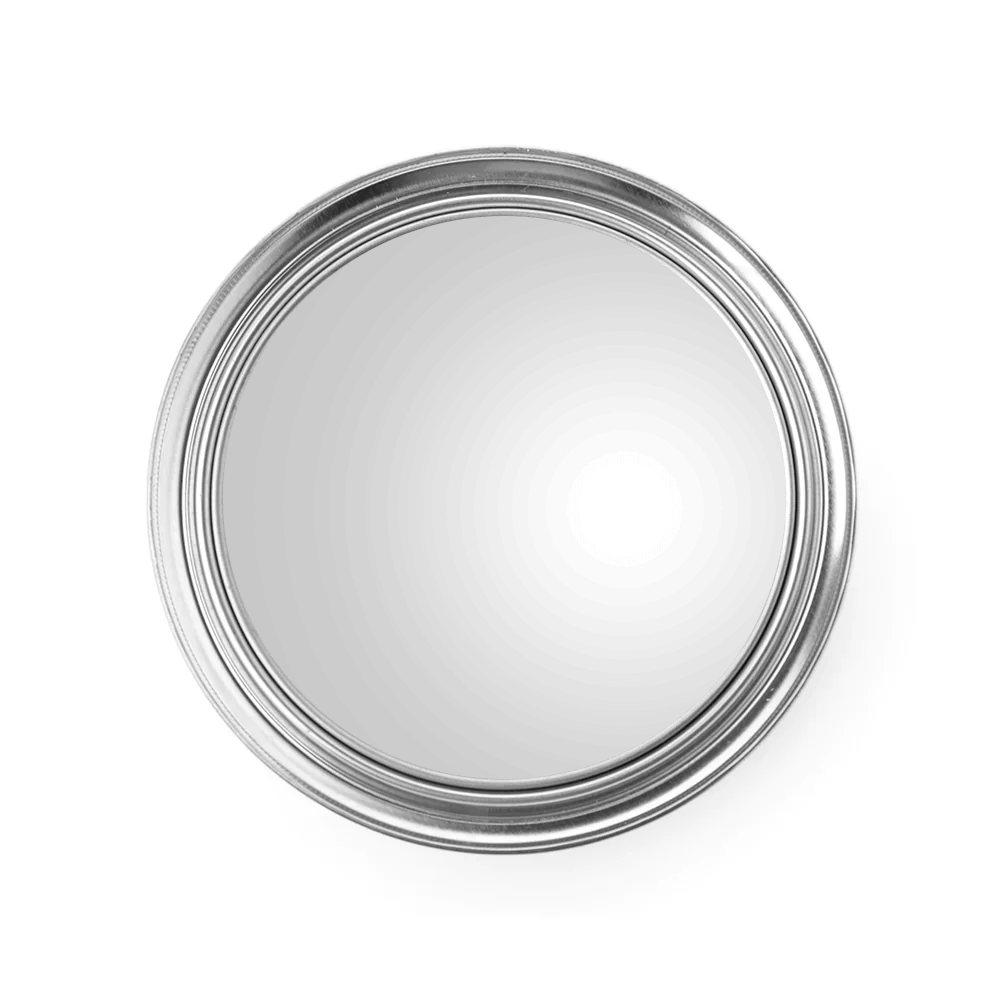
Adding product to your cart
Advice Line
Need more information about our products? Give us a call on 01902 954948 or email us at sales@taindustrialpaints.co.uk
DISCLAIMER: The colours shown on the images are for guidance only. The displayed colour will depend on your monitor and browsers. The finished colour therefore may not be as shown here. As these colour and finishes are made to order they are non-returnable/refundable
Description
Dreict to UPVC plastic and Compsite Paint is designed to transform and refine any surface effortlessly, providing excellent wear tear and weathering resistance . Our unique formulation makes it a ideal choice for plastic repainting, refurbishment, and retouch. Besides, uPVC paint is suitable for metal ABS, polycarbonate, and acrylic surfaces. Fantastic functionality, affordable and an incredible selection of colours and shades make this product one of the most sought-after for windows, doors, fascias, and plastics. This paint is suitable for:
- Cladding
- Windows
- Doors
- Conservatories
- Downpipes
- Fascias
- Frames
- Gutters
About This Item
- QUICK DRYING:Specially formulated for industrial and home applications, ensuring rapid drying for efficient use on UPVC plastic.
- DIRECT TO UPVC/PLASTIC: No primer needed, ensuring easy and efficient application.
- FINISH: Semi-gloss.
- COVERAGE: Approximately 8 square metres per litre. This does not account for the method of application or wastage.
- DRYING TIME: Touch Dry in 20-30 minutes, overcoat after 1 hour and within 4 hours. If you go over 4 hours it will need to be left 12 hours after as the coating can attack itself.
- APPLICATION: Best to be sprayed but you can brush/roller small surface areas.
- SHELF LIFE: 12 Months.
- THINNERS: T1000
Proudly manufactured in England by B.C Paints Ltd. Please note images and product titles are for advertising purposes only, tins are supplied in BC Paints cans or plain white for 0.5, 1 and 2.5, and occasionally 5 litre cans.
Application
Painting over existing paint:
Step 1
Before starting, ensure you have the correct PPE and RPE, to protect against atomised particles that are being generated when spraying.
Check suitability of the product to the existing paint. We recommend you try a sample area first as quick drying paints cannot be applied over white spirit based paints as it will attack.
Ensure you have good ventilation to allow vapour to escape; ventilation is also necessary to maintain drying times. Without air movement, the coating will not dry properly.
Step 2 Clean and Abrade -
- Make sure the existing paint is in good condition prior to painting, then lightly abrade to provide a key for good intercoat adhesion.
- If there is flaking paint this must be removed prior to painting.
- Ensure the substrate is dry and clean of any dirt, oil, or grease.
Step 3 Topcoat- Once you have completed the following steps you can apply your top coat. overcoat after 1 hour and within 4 hours. If you go over 4 hours it will need to be left 12 hours after as the coating can attack itself.
Two coats of topcoat are recommended for optimal coverage. Be sure to stir the paint well before use.
Painting bare PVC Plastic:
Before starting, ensure you have the correct PPE and RPE if you are spraying, to protect against atomised particles that are being generated when spraying.
Stir the paint well before use.
Step 1: Prepare the Surface
Good preparation is key to achieving a professional, long-lasting finish. Lightly abrade the PVC plastic by hand using fine-grit sandpaper or Scotch-Brite pads to create a surface that allows better paint adhesion.
Step 2: Clean the Surface
Wipe down the sanded surface with an acetone-based cleaner to remove dust, dirt, and any contaminants that may interfere with paint bonding.
Step 3: Mask Off Surrounding Areas
Use non-bleeding tape and masking paper to protect areas around the PVC. Taking time to properly mask ensures clean, sharp lines and prevents overspray.
Step 4: Apply the First Coat
Using a spray gun or aerosol spray can, apply the first coat in slow, steady passes, giving the PVC a light mist coat to build up an even base.
This paint can be applied with a brush or roller, but due to its quick-drying nature, avoid overworking it to ensure a smooth, even finish.
Overcoat after 1 hour and within 4 hours. If you go over 4 hours it will need to be left 12 hours after as the coating can attack itself.
Step 6: Top Coat
Apply your top coat after 1 hour and within 4 hours. If you go over 4 hours it will need to be left 12 hours after as the coating can attack itself.
Step 7 - Allow Proper Drying Time
Once all coats are applied, let the paint dry for at least 24 hours before handling. For applications where the surface is prone to scratches, wait up to a week before use to allow the paint to fully cure.
Step 8: Achieve the Best Results
For the smoothest, most professional finish, spray application using a spray gun or aerosol spray cans will provide the best results compared to brushing or rolling.
Mixing
Always stir any paint well before use, as our coatings are heavily pigmented and separation can easily occur. You may experience colour float; for example, a green paint can appear blue before mixing. This is one of the reasons why mixing your paint before use is essential.
- Use a mixer on a slow-running drill or a palette knife on smaller cans to mix the paint. An egg whisk, screwdriver, or small stick that doesn’t reach the bottom of the can is insufficient for proper mixing.
- Mixing should take place for 3-5 minutes.
- If you are adding thinners; they will need to be added once stirred.
Paint mixers are available to purchase. Click here to buy one.
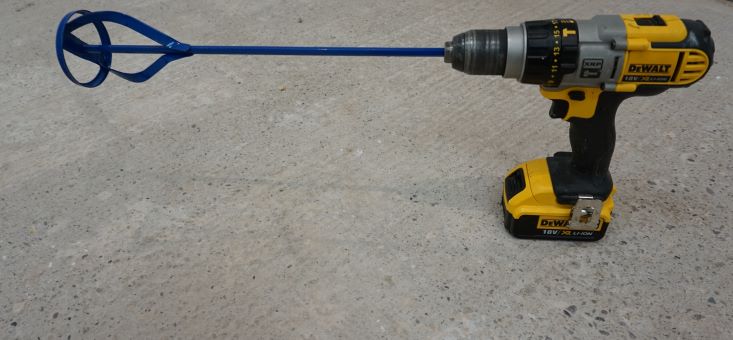
Spraying
Ensure you have the correct RPE, to protect against atomised particles that are being generated when spraying.
If applying with a pot gun:
Use a 1:8 to 2:0 tip setup and thin by 10% if required. More thinners may be added to achieve good atomisation and improve the flow of the paint, resulting in a better finish.
Air-assisted or Airless system:
Use an 11-13 thou tip (no thinners are usually required). If thinning is necessary, use around 10%. Set air and paint pressures until good atomisation is achieved and fingering (lines in the spray) have blended in.
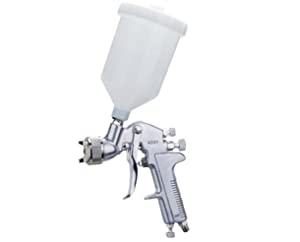
Calculate Your Solvent Paint
Total Sqm:
Quantity Needed:
Quantities are approximates per coat, we cannot allow for wastage and or any absorption that may occur with porous substrates.
Total Sqf:
Quantity Needed:
Quantities are approximates per coat, we cannot allow for wastage and or any absorption that may occur with porous substrates.





